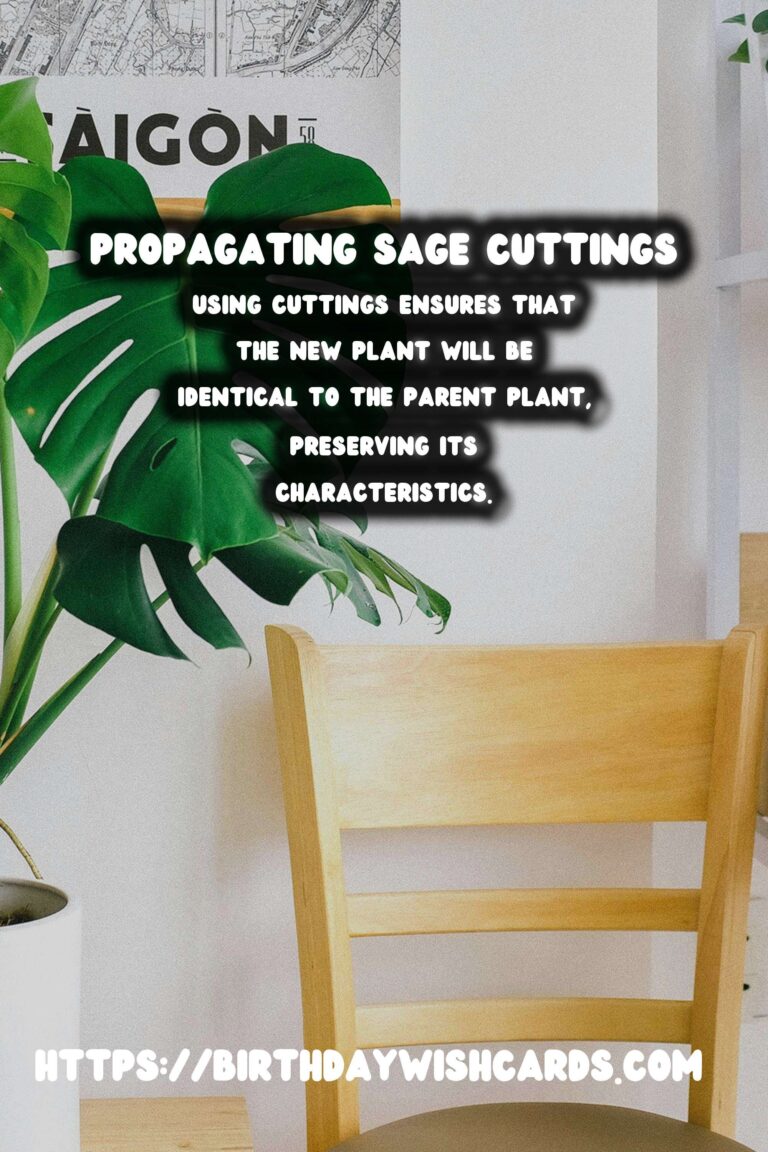
Sage, a perennial herb cherished for its culinary and medicinal properties, is a popular choice for home gardeners. Propagating sage from seeds is a rewarding process that allows you to cultivate this aromatic herb from the ground up. In this guide, we’ll walk you through the essential steps of growing sage from seeds.
Understanding Sage
Sage (Salvia officinalis) is a hardy perennial plant native to the Mediterranean region. It is known for its silvery-green leaves and woody stems, which produce a distinct aroma. Sage is not only valued for its flavor but also for its health benefits, including anti-inflammatory and antioxidant properties.
Choosing the Right Seeds
When propagating sage, selecting high-quality seeds is crucial. Ensure the seeds are fresh and sourced from a reputable supplier. Sage seeds can be planted indoors or directly in the garden once the threat of frost has passed.
Preparing to Plant Sage Seeds
To begin, gather all necessary materials: seed trays or pots, well-draining potting mix, a watering can, and, of course, your sage seeds. If planting indoors, choose a warm, sunny location for your seed trays.
Sowing Sage Seeds
Fill your seed trays or pots with potting mix, leaving a small gap at the top. Moisten the soil before planting to ensure it is evenly damp. Sow the sage seeds on the surface of the soil, spacing them about an inch apart. Lightly cover the seeds with a thin layer of soil or vermiculite.
Germination Process
The germination period for sage seeds typically takes 2-3 weeks. During this time, maintain consistent moisture in the soil by misting it lightly. Ensure the seeds receive ample sunlight to encourage healthy growth.
Transplanting Sage Seedlings
Once the seedlings have developed a pair of true leaves, they are ready to be transplanted to their permanent location. Choose a sunny spot in the garden with well-draining soil. Space the seedlings 12-24 inches apart to allow for adequate airflow and growth.
Caring for Sage Plants
Sage requires minimal maintenance once established. Water the plants regularly but avoid overwatering, as sage prefers slightly dry conditions. Prune the plants regularly to encourage bushy growth and remove any dead or diseased foliage.
Harvesting Sage
Sage leaves can be harvested once the plant is well-established, usually in its second year. Harvest in the morning when the essential oils are most concentrated for the best flavor. Regular harvesting will encourage new growth and a more robust plant.
Benefits of Growing Sage
Growing sage at home provides a fresh supply of this versatile herb, perfect for culinary use in dishes like stuffing, soups, and teas. Additionally, sage is an attractive addition to any garden with its lovely foliage and potential to attract pollinators.
Sage is a hardy perennial plant known for its culinary and medicinal properties. Selecting high-quality seeds is crucial for successful sage propagation. The germination period for sage seeds typically takes 2-3 weeks. Once established, sage requires minimal maintenance. Sage leaves can be harvested once the plant is well-established, usually in its second year. 
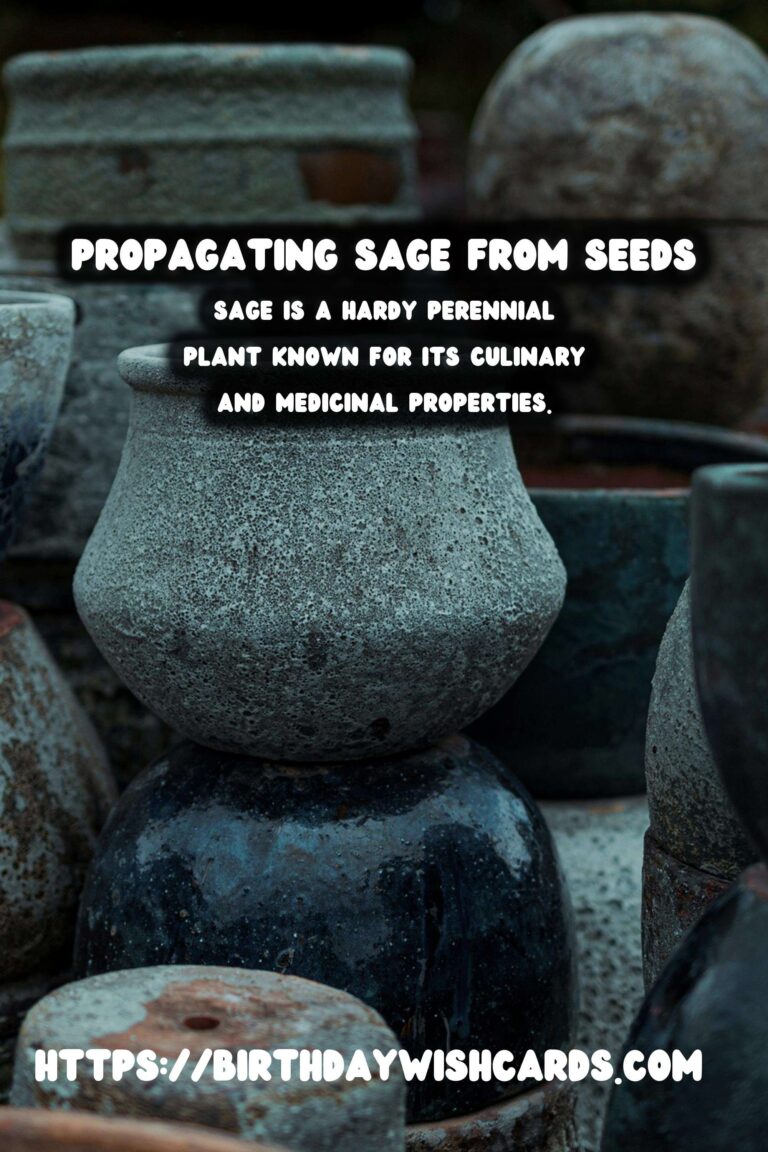
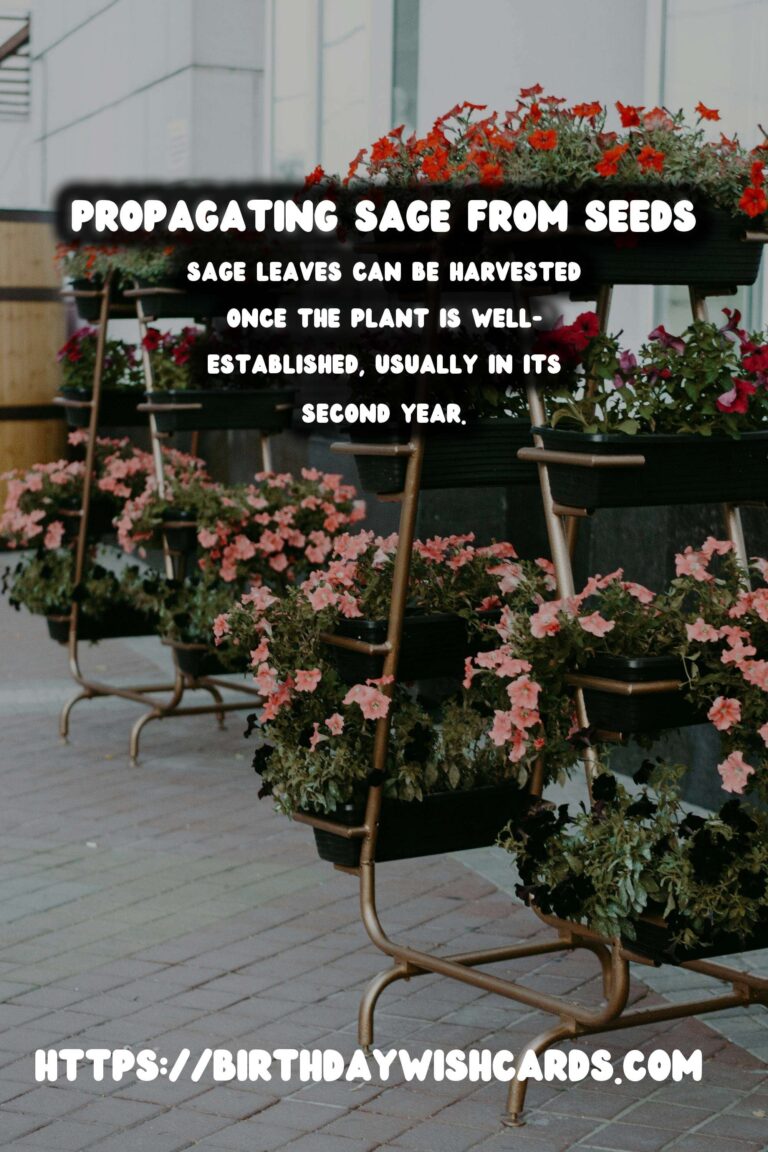

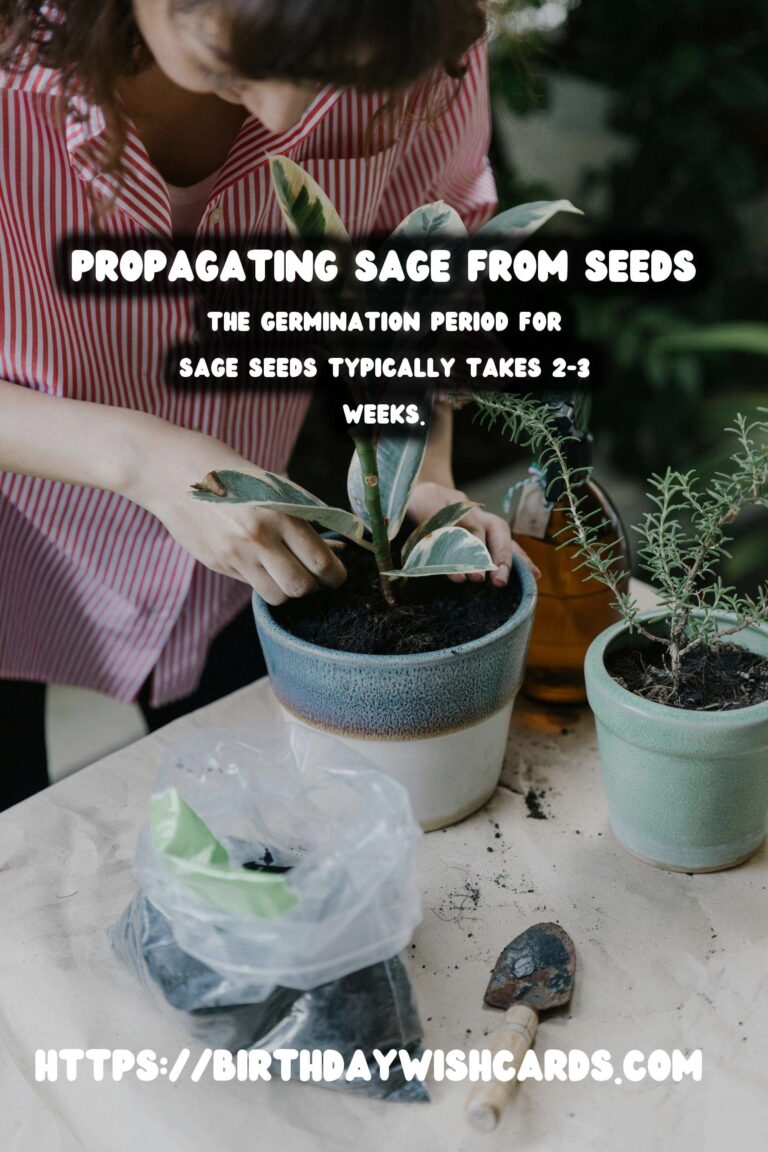
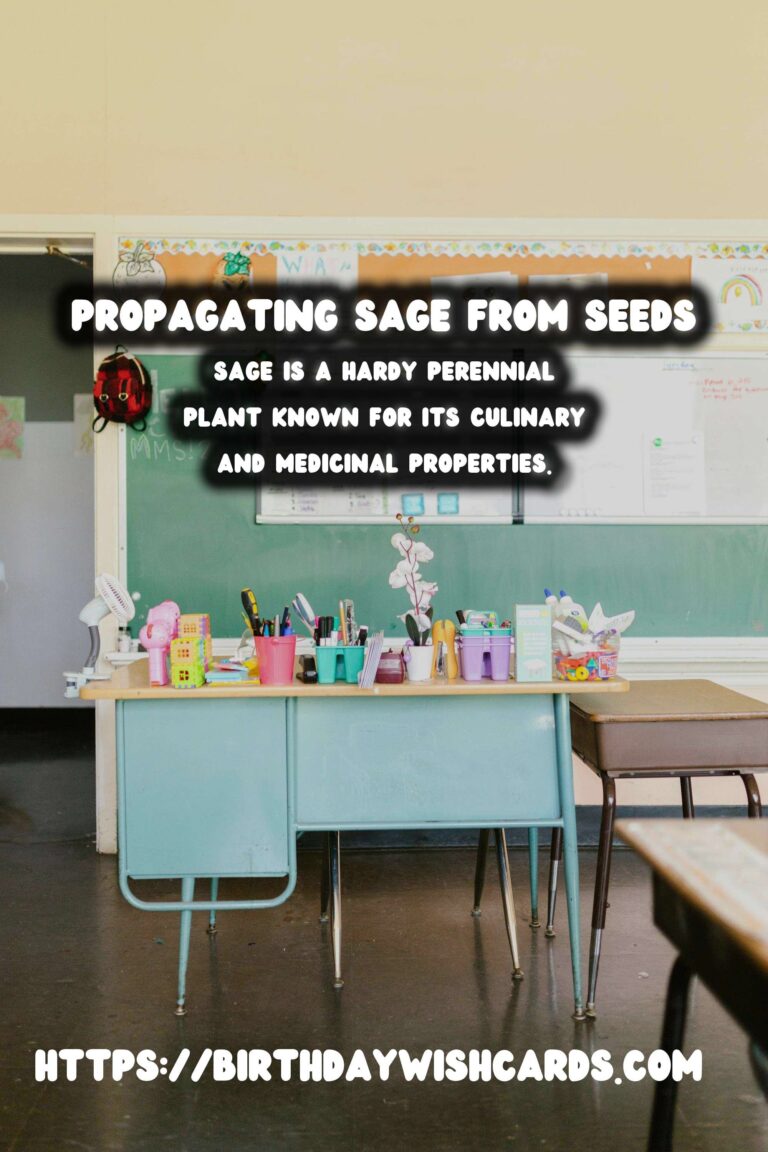
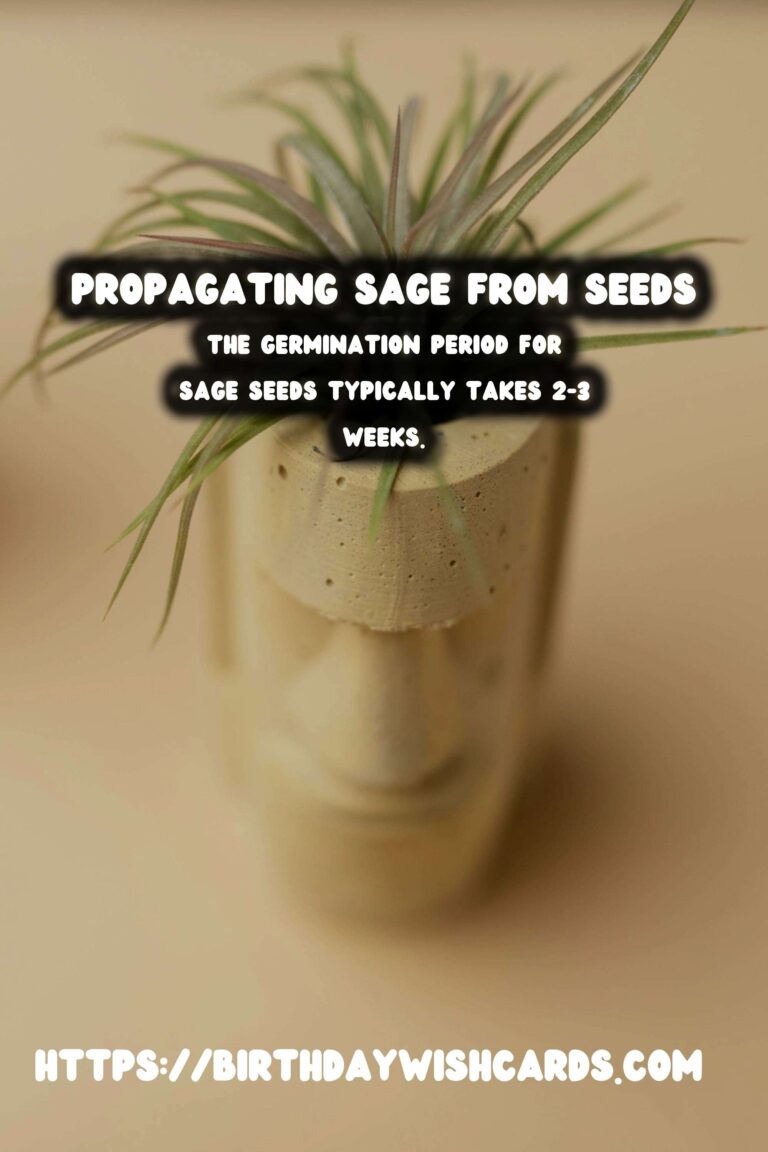
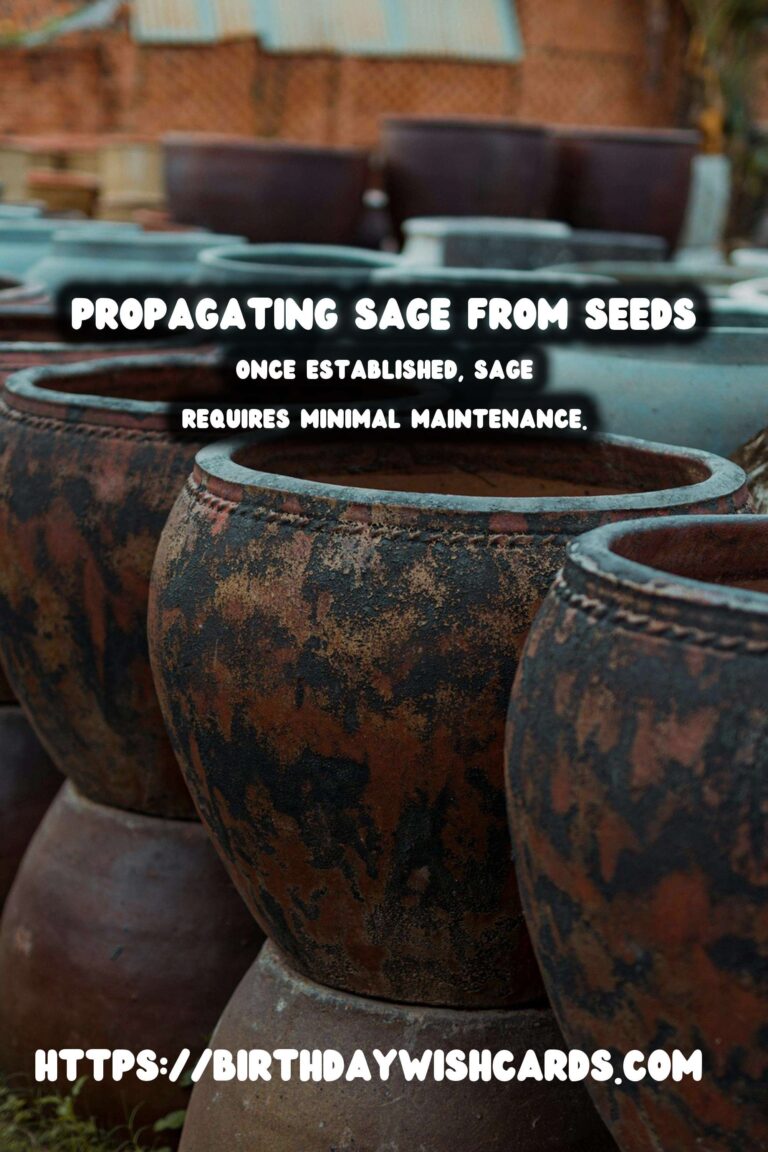
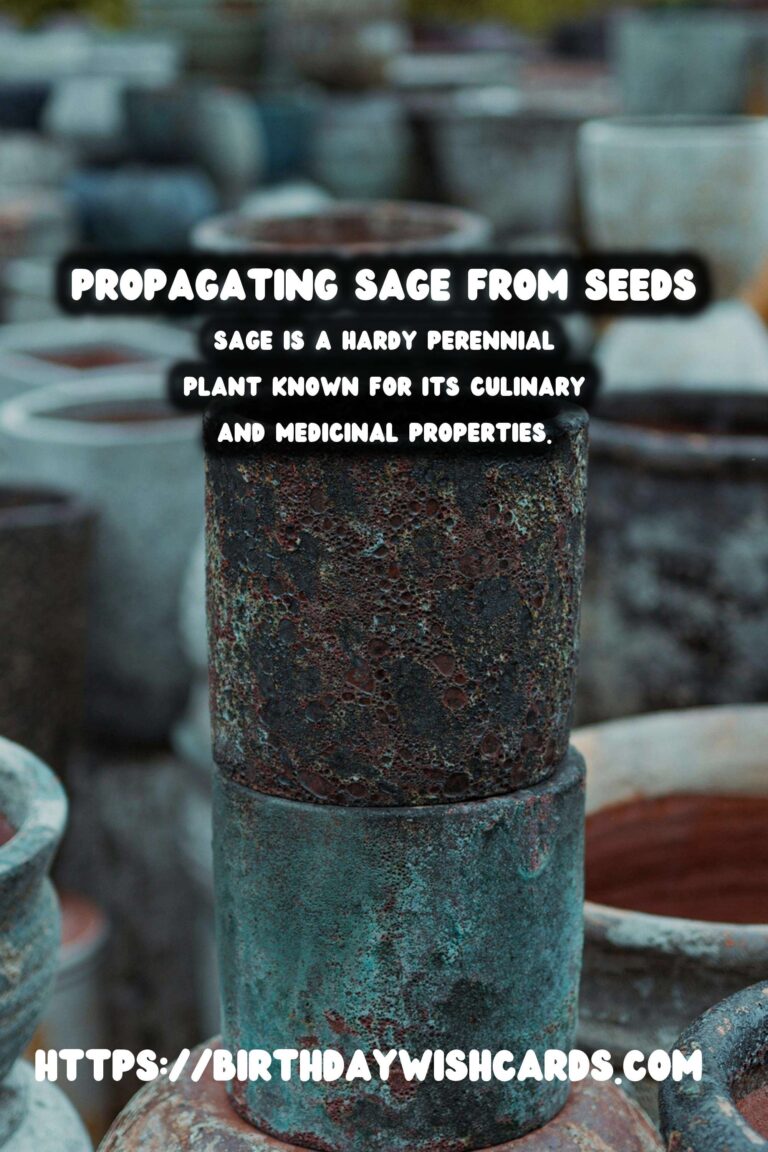

#Sage #Gardening #Herbs #Propagation #HomeGarden


